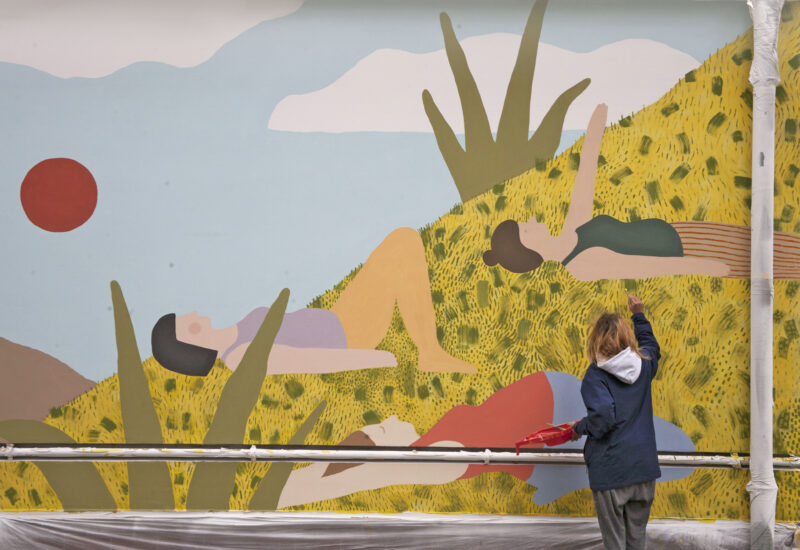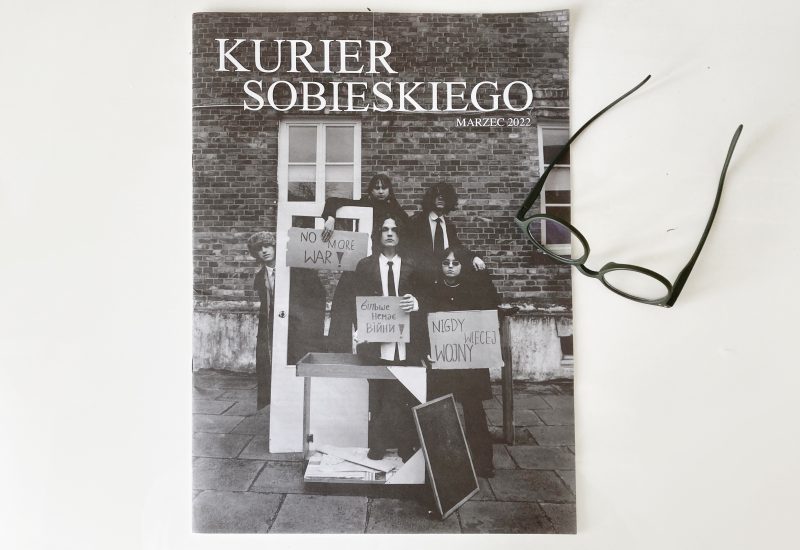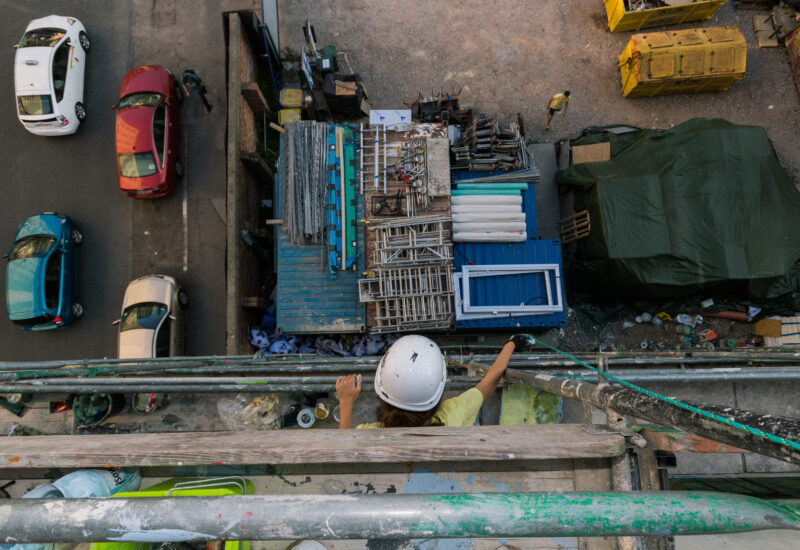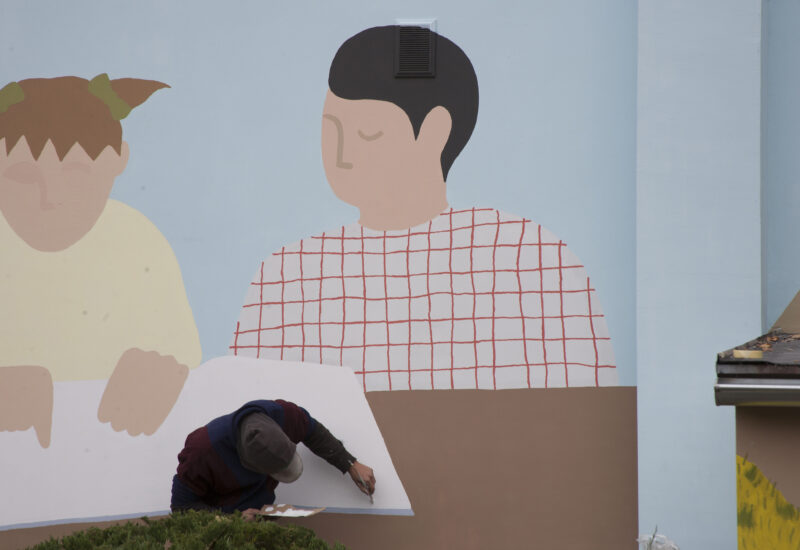History of the mural
Interesting, colourful murals are increasingly appearing on Polish streets. This phenomenon is largely positively received – old, unkempt buildings gain a new face thanks to murals and a stroll through the city itself becomes more colourful.

Neighbourhoods in which murals have been painted acquire a unique character, their own “soul”, which the Romans called genius loci. The most famous murals in Poland and around the world are becoming tourist attractions. Although they are often temporary paintings which disappear as a result of subsequent redevelopment and revitalisation, some of them are so popular that it is hard to imagine a city without them. The benefits of murals are being recognised by an increasing number of people, including those sitting on city councils and town halls, where tenders and competitions are being organised for new and interesting artistic productions. The popularity of murals is also increasing in small towns and villages, an example of which is the national competition we won for a mural on the facade of the Community Public Library in Nadolice Wielkie. When designing this mural, we were mindful of its potential power to co-create the identity of the place. The graphic motifs were intended to emphasise the specific function of the library, which in this case is not only a place to borrow books but also a local community centre. From the accounts of those using the space, we hear that the aim was successful 🙂 .
An interesting example of urban transformation through murals is the story of the Sardinian town of Orgosolo. In the nineteenth and twentieth centuries, it was an extremely dangerous place where bandits liked to hide, carrying out their hijinks, robberies and murders. Eventually, the army entered the terrorised town and forcibly established peace, but the real change in atmosphere was brought about through art.
The first mural in Orgosolo is attributed to the anarchist group Dionisos from Milan; it was Francesco del Casino, painter and teacher, who took care of the further flourishing of large-format wall painting here. To this day, the history of the town and its inhabitants is told through the wall paintings, attracting tourists and cementing the local identity.















